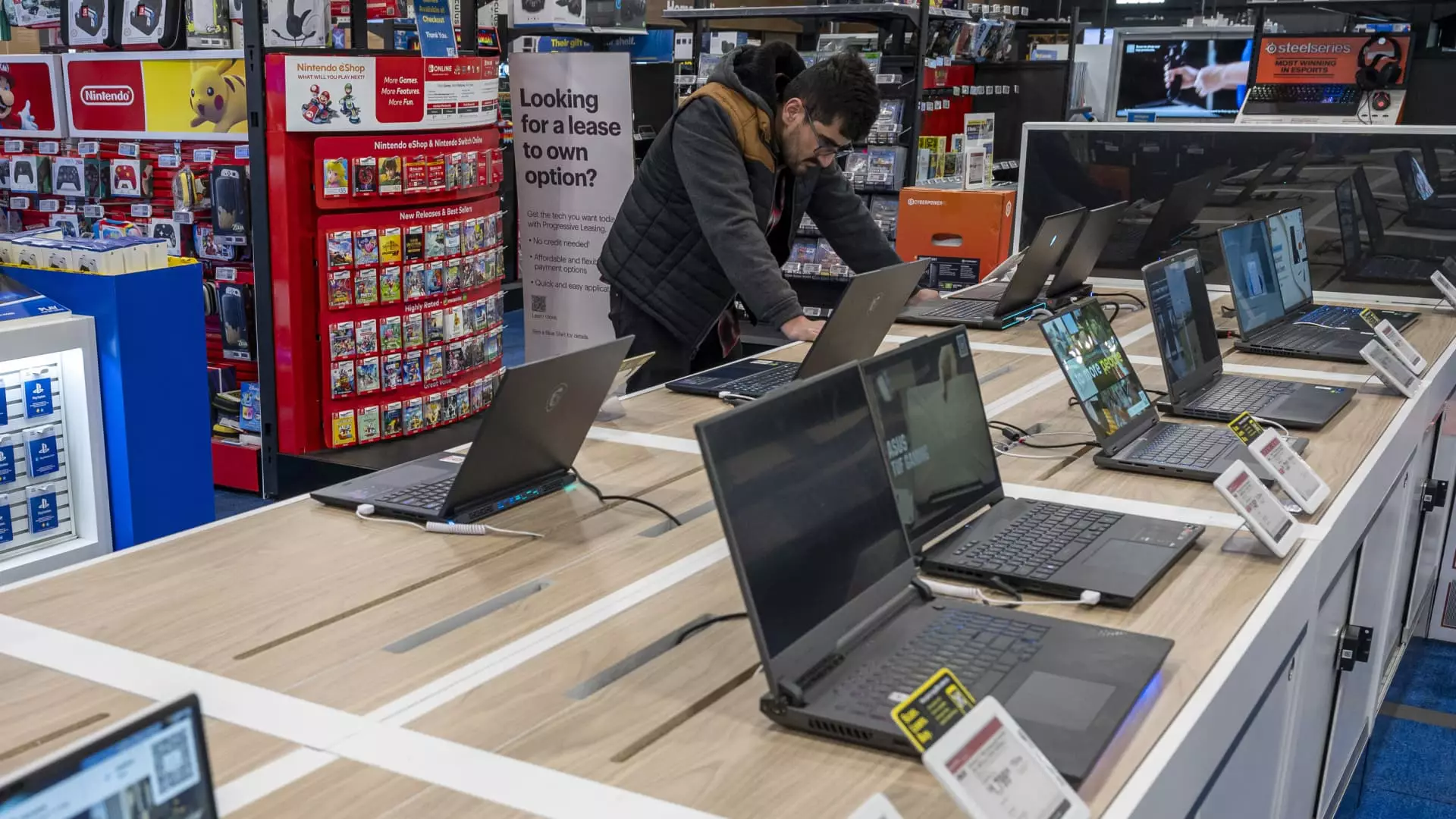As the effects of the pandemic wane, the American economy finds itself in a unique position with its inflation rates showing signs of decline. This phenomenon, identified as deflation, is somewhat unusual in the U.S. context, where price reductions tend to be rare following increases. However, amidst a resetting global landscape, particular segments of the economy are witnessing significant price reductions. In this article, we will explore the factors contributing to deflation, the sectors experiencing price drops, and the implications for consumers.
Deflation, characterized by a general decrease in prices, is a reflection of changing supply and demand dynamics. Following the pandemic, many economic distortions have gradually corrected themselves—leading to a decrease in consumer prices in specific sectors. Notably, a strong U.S. dollar against foreign currencies has made imports cheaper for American consumers. This increase in affordability is noticeable in physical goods such as household appliances, electronics, and automobiles, as highlighted by recent data from the Consumer Price Index (CPI). According to economists like Stephen Brown, this trend suggests that deflation is actively occurring, albeit within certain parameters.
Recent CPI data reveals that core physical goods have seen an overall price drop of about 1% since October 2023. This trend includes a diverse range of products; for instance, household appliances have become approximately 2% cheaper compared to the same time last year. Additionally, items such as clocks, toys, and women’s outerwear have recorded price declines between 1% and 7%.
Despite this positive trend in some categories, not all segments of the market are uniformly declining. Categories such as furniture, cosmetics, and men’s clothing have experienced a short-term rebound after earlier price drops, indicating a complex and fluctuating marketplace. However, a notable area identified for potential long-term deflation is the used car market, where recent reductions in wholesale prices could lead to better deals for consumers in the future.
Gasoline prices have been on a notable downtrend, with a decrease of over 12% within the past year. As of November 11, consumers were paying an average of $3.05 per gallon, according to the U.S. Energy Information Administration. Economists like Mark Zandi predict further relief in this area due to the continued softness in global oil prices. Notably, potential political developments—such as proposed tariffs by President-elect Donald Trump—may also impact oil demand in countries like China, which could have ripple effects across the global market.
The decline in energy prices contributes significantly to the overall drop in living costs, benefiting other sectors like food. For example, prices for staples such as bacon and snacks have decreased by around 4%. The reduced costs of fuel lead to lower transportation expenses, which in turn can relieve pressure on grocery prices.
In the arena of consumer electronics, price drops have been even more substantial, with computers and smartphones witnessing reductions of 5% to 10%. However, it is essential to note that the Bureau of Labor Statistics calculates these declines based on improvements in technology. This quality adjustment can create a misleading representation of actual price reductions at the retail level. Consumers may not observe these changes in-store, as the practical impact can be masked by ongoing advancements in technology and varying pricing strategies.
Although current trends suggest that certain consumer goods prices are on the decline, the potential for deflation presents unique challenges and opportunities. While consumers may enjoy lower prices for specific items, the complex interplay of supply chains, global policies, and shifts in demand will continue to shape the economic landscape.
As we navigate through these turbulent times marked by changing consumer habits and economic uncertainties, it remains important for consumers to remain informed about pricing trends. Understanding the factors that influence pricing can empower consumers to make better purchasing decisions and optimize their financial well-being.
In sum, the unfolding narrative of deflation in the American economy is captivating and multifaceted, revealing both the strides and setbacks experienced by various market segments, with broader implications for the future of consumer spending.

